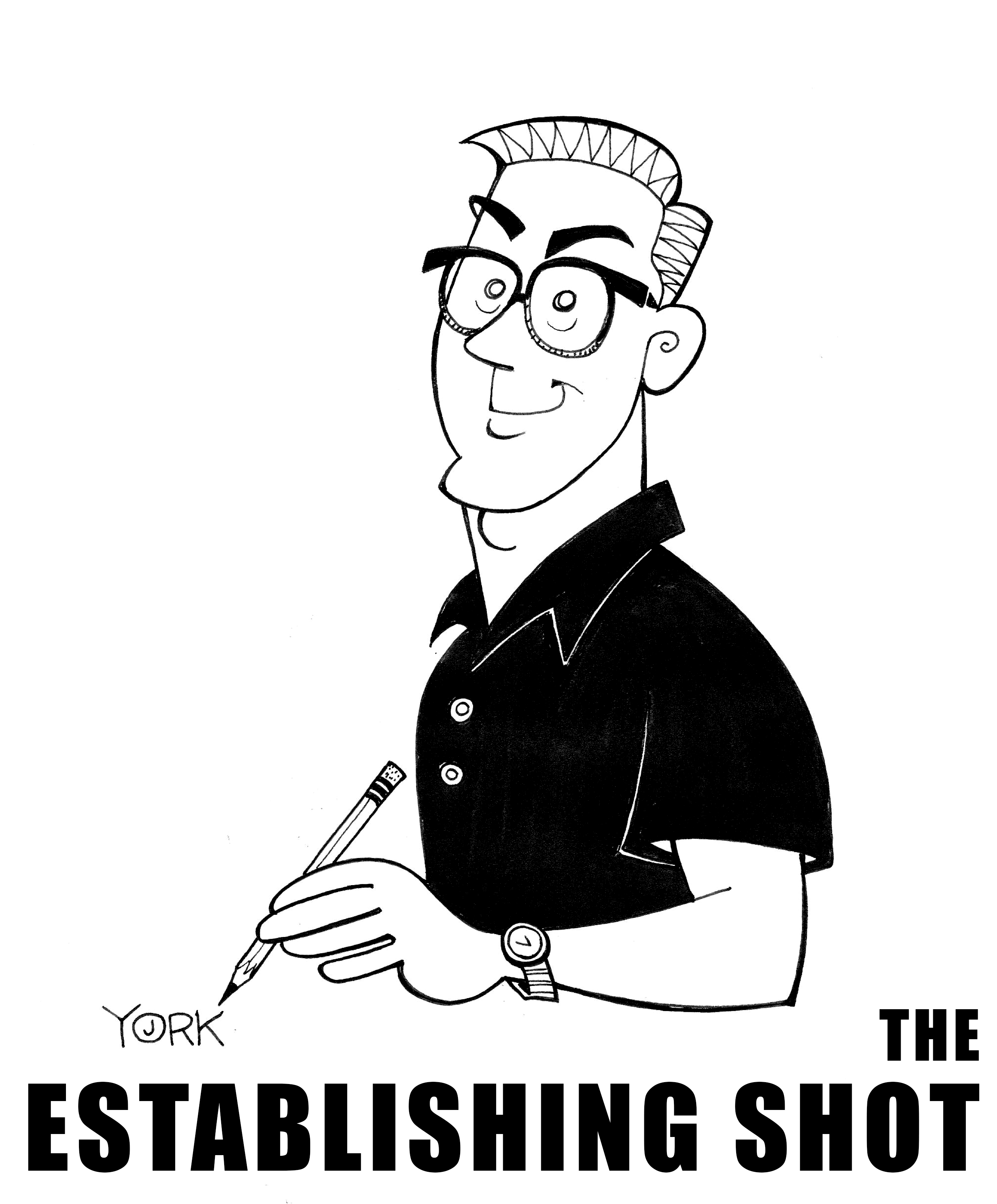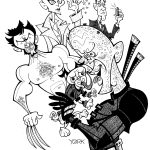
True Batman aficionados generally consider BATMAN: THE ANIMATED SERIES (1992-1995) to be the greatest screen adaptation ever, big or small. I concur. Hats off to one of its original artists, writers and producers Bruce Timm too for continuing to oversee one sterling cartoon version of Batman after another over the following decades, as well as superb adaptations of other DC comics as well. From various series like BATMAN BEYOND and JUSTICE LEAGUE to VOD films like ALL-STAR SUPERMAN and GOTHAM BY GASLIGHT, Timm has been a true gatekeeper of the franchise. Now, Timm and his team are back again with another new take on Batman, this time entitled BATMAN: CAPED CRUSADER. Not surprisingly, it’s terrific. Both traditional and revisionist, it’s a true must-see for any DC fan, animation enthusiast, or those who simply appreciate superb long-form storytelling. (The new series consists of 10 half-hour episodes, and a second season has already been greenlit.)
The most surprising thing about the series, and believe me, there are many to behold, might be that the show is premiering on Amazon Prime this August 1 and not on MAX, the home of all things to do with Warner Bros. (You’ll remember that WB has partnered with DC for almost all of their various screen adaptations for almost 40 years.) I’m not sure why that happened, but MAX’s lost is Prime’s gain as this new series is superbly realized on every level and will likely be as big a hit as Prime’s other animated superhero series INVINCIBLE.
BATMAN: CAPED CRUSADER mines the same noirish 40s feel as that original animated series in the 90s, blending old-timey tropes like boxy men in fedoras driving bulky automobiles, but this take also makes plenty of room for modernity. For example, Commissioner Gordon and his daughter Barbara are both black, Penguin is a woman, and Detective Montoya of the Gotham police force is now a major character. Timm’s world-building is something to behold, with big surprises on how Harvey Dent becomes two-faced, as well as a fascinating new spin on the origins story of Clayface. It all makes for a daring and bold show, juxtaposing plenty of the tried and true with arresting new developments.
Timm’s revisions here have made the central character even more of a prickly sort. (I suppose you could drop the letter “y.”) Bruce Wayne is rather nasty, treating Alfred coolly, clearly regarding him as more of a servant than a father figure. Batgirl is nowhere to be seen this go-round, but Barbara Gordon still gets plenty of screen time as the city’s crusading public defender. In fact, at times, the show feels more nourish like the movies CHINATOWN and L.A. CONFIDENTIAL plumbing the inner workings of the police force and city hall corruption. Batman may be a vigilante, but plenty of others have gone rogue too.
It’s a colder, harder Gotham than we’ve seen before, and that extends to the excellent voice-over work done here as well. Hamish Linklater begs for no sympathy in his portrayal of a stoic, dismissive Bruce Wayne/Batman. Christina Ricci turns Selina Kyle/Catwoman into a sarcastically bitter ex-heiress, and Diedrich Bader makes Dent more than a bit psycho even when he has only one look. This is an unusually edgy Batman offering, even turning Harley Quinn from a moll into more of a meddling psychologist. Voiced by Jamie Chung, Dr. Quinn is assigned to help out a bad-tempered Wayne when he runs afoul of the law. Chung makes the character savvy and ambitious, eschewing the cliched brat she’s become since the original animated series when she was voiced by the comically girlish Arleen Sorkin.
Still, much of Timm’s new series pays great heed to the vaulted lore created by artist Bill Finger and Bob Kane in the late 1939. Kyle’s origins here are right out of her comic book storyline starting in 1940, as is the long, purple dress she wears when prowling about as Catwoman. Batman’s look honors the original artist conceptions too with taller ears. In fact, across the board, most of the character designs are callbacks to Kane’s original renderings than those stylized by Timm in the early 90s.
Perhaps the biggest change is how much the show feels like a detective novel more than a superhero franchise. There’s a lot more attention to the ins and outs of crime fighting, from the legwork done by Gordon’s flatfoots to Dent’s rise and fall in the DA’s office. At times, it feels almost like a procedural. Perhaps Timm et al. wanted to comment more on our modern times, especially since the law seems to be under siege from every corner of our politics, society, and online amusements. This version of Batman doesn’t trust a soul, and the show itself seems to be cautioning our nation to be more skeptical about whom we put our faith in as well.
All in all, BATMAN: CAPED CRUSADER is one helluva entertaining show, if not one ultra-hard lesson for folks living in America in 2024. To illuminate such darkness, Timm seems to be making the case for a need a colder and sharper-edged Dark Knight like on display here.







